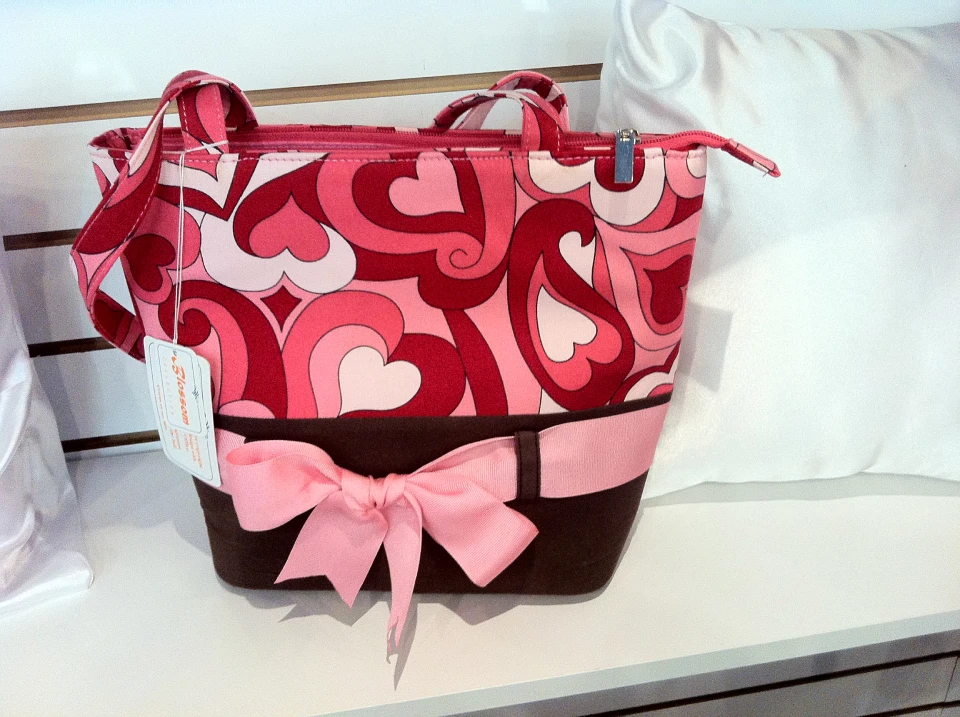Heat Transfer on T-Shirts and Aprons - Customized Designs and Logos
Heat Transfer on T-Shirts and Aprons - Customized Designs and Logos
Blog Article
The Art of Custom Needlework: Opening the Tricks to Creating One-of-a-kind and Remarkable Styles
The keys to creating custom-made needlework styles that astound the eye and leave a long lasting perception lie in a fragile balance of method, creative thinking, and attention to information. As we dive right into the globe of custom embroidery, we uncover the nuanced interplay between thread option, sew intricacy, and layout personalization that boosts a mere garment to a work of art.
Choosing the Right Embroidery Threads
When picking embroidery strings, what crucial variables should you think about to make certain the finest results for your custom styles? The option of embroidery string is critical in identifying the last outcome of your embroidered layout.
Thicker strings can add dimension and structure to your style, while finer threads are perfect for elaborate details and small text. Furthermore, thinking about the color fastness and washability of the thread is crucial to ensure that your personalized layouts keep their high quality and vibrancy over time.
Checking Out Different Stitch Techniques
To delve right into the realm of 'Exploring Different Stitch Strategies', one have to comprehend the complexities and nuances that each sewing approach gives the art of embroidery. Various stitch methods not only include visual interest yet likewise contribute to the general structure and measurement of the design. One preferred stitch strategy is the satin stitch, which involves very closely packed parallel stitches to produce a smooth and glossy surface, suitable for filling out forms and creating strong lays out.
On the other hand, the backstitch is a flexible technique usually used for detailing and including fine details. It involves stitching backwards to develop a strong line of embroidery. Additionally, the French knot stitch adds a responsive component to designs, ideal for producing distinctive accents like blossom centers or ornamental touches.
Discovering various stitch strategies allows embroiderers to play with light, darkness, and depth within their styles, raising the aesthetic allure and imaginative high quality of their needlework tasks. By mastering various stitching methods, one can open limitless opportunities for developing one-of-a-kind and remarkable custom needlework pieces.
Incorporating Personalized Design Components
Having actually discovered the details of different stitch strategies such as the satin stitch, backstitch, and French knot, the focus now shifts towards incorporating personalized design aspects in customized embroidery projects. Personalized layout components play an important duty in making needlework jobs really distinct and memorable. One method to include customization is by adding initials, names, or significant days to the layout. This not just adds a tailored touch yet likewise enhances the nostalgic worth of the needlework piece.
An additional way to include individualized layout elements is by consisting of signs or themes that hold special meaning to the recipient or show their passions and individuality. For instance, including a preferred flower, pet, or hobby-related icon can make the needlework layout a lot more meaningful and customized. Furthermore, choosing shades that reverberate with the recipient or align with the designated motif can further improve the customization of the needlework job.
Understanding the Art of Color Coordination

One key see here now facet of shade control is comprehending shade theory. This includes recognizing how different colors connect with each other, the emotions they communicate, and just how they can be combined to develop visually attractive layouts. By applying shade theory concepts, embroiderers can develop unified color schemes that enhance the overall look of the style.
In addition, taking note of contrast is essential in color control. Making use of contrasting shades can assist particular components of the design pop, improve readability, and produce a visually vibrant needlework Get More Information piece. By understanding the art of shade control, embroiderers can boost their designs and create memorable items that resonate with clients and customers alike.
Enhancing Structure With Advanced Needlework Stitches
French knots, as an example, are perfect for adding tiny, raised dots to your style, simulating the appearance of beads or producing a textured surface area. Bullion knots, on the various other hand, can be utilized to create twisted, ropelike elements that include a luxurious feeling to the needlework. Seed stitching involves little, scattered stitches that can fill have a peek here out areas with a polychromatic appearance, while turkey work produces fluffy, dimensional accents evocative pet fur or vegetation. Trying out with these sophisticated embroidery stitches enables you to push the borders of standard embroidery and develop really unique and visually appealing structures in your styles.
Conclusion
Finally, the art of personalized embroidery includes a mix of choosing the ideal strings, discovering various stitch methods, including individualized layout components, grasping shade coordination, and improving appearance with innovative stitches. By comprehending and applying these essential aspects, embroiderers can develop unique and unforgettable styles that display their creativity and skill. Embroidery enthusiasts can unlock the tricks to producing stunning and bespoke items that stand apart and leave a long-term impact.
Report this page